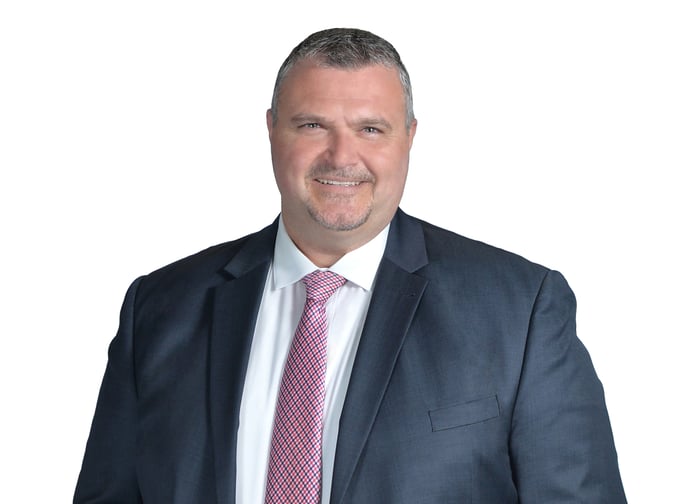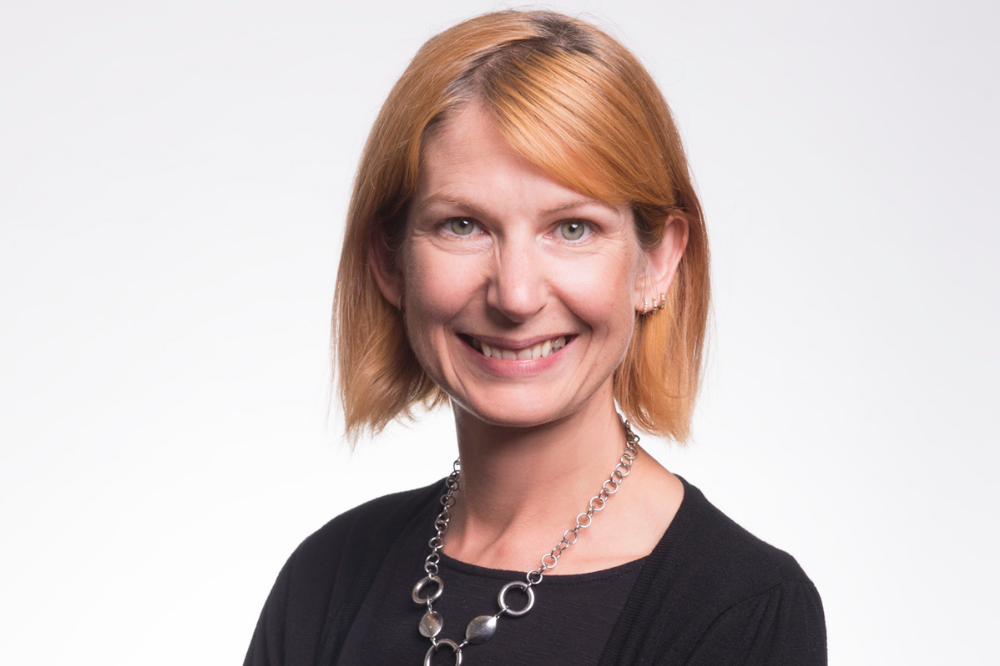

As we approach the end of 2020, it has come time to look back at what was one of the most tumultuous years in recent history – and to look forward to what the new year holds in store for Australian insurers.
From the summer’s mass bushfires to the COVID-19 pandemic, 2020 saw the best-laid plans of many go awry, with working from home and Zoom calls becoming the new norm in this industry that traditionally relies on face-to-face communication.
True to form, the Australian insurance industry buckled down and used the unprecedented circumstances to develop itself professionally and provide support to those clients that were struggling, according to Grant Peters, Oceania insurance leader at Ernst & Young.
“Australian insurers have been particularly focused on meeting their existing customers’ needs in 2020 off the back of the pandemic and bushfires,” he told Insurance Business.
“While we expect this focus to continue into the new year, we also expect to see insurers bring new value propositions to market to help attract new customers. This is likely to take the form of more flexible insurance offerings, including usage-based solutions.”
For Anthony Pagano (pictured top), though the Australian insurance industry has weathered the COVID-19 storm relatively well, the ultimate cost of the pandemic remains unclear.
“We know the full economic implications of COVID-19 are yet to be seen, and Vero is absolutely committed to working closely with our customers and broker partners to navigate the changing market conditions,” Pagano stated.
It’s a point of emphasis echoed by Sarah Lyons, chief executive at Gallagher Australia.
“As Australia looks to a 2021 recovery from the pandemic and the associated economic downturn, insurers have a key role to play,” Lyons remarked. “Australian businesses will look to the insurance industry for claims service, capacity and coverage so they can face the year with confidence. A strong focus on clients in this environment should lead to opportunities and success.”
Nick Hawkins, managing director and CEO of IAG, told Insurance Business that one of the company’s goals for the next year is to “strengthen [its] relationships with brokers and partners”.
“I am optimistic about 2021, but I do expect that we will continue to navigate challenges around the economy, COVID-19, and storm season,” Hawkins said. “Through this, we want to better meet the needs of our customers by providing products and services in ways that suit them.”
As the managing director of Lion Underwriting and recently re-elected chair of the Underwriting Agencies Council, Kurt Nilsen believes that 2021 will bring “certain challenges around capacity” for the underwriting sector.
“As underwriting agencies, we are reliant on capacity that supports us and if there are restrictions in this regard, we’re going to have to either find additional or alternative capacity or work within the constraints of what we’ve got,” Nilsen added.
According to Damian Coates, CEO for the Asia-Pacific region at DUAL, one of the biggest challenges facing Australian underwriters in 2021 will be profitability concerns due to the economic uncertainty caused by COVID-19. “Underwriters will need to continue investing in claims resourcing to handle the influx of claims,” he said.
“There is a direct correlation between economic downturn and financial lines claims, while the market has seen significant increases in accident and health claims – and other products like property may be impacted in similar ways.”

Given the accelerated take-up of digital services that occurred as a result of the pandemic, many opinion leaders in the insurance industry expect this trend to continue with abandon.
Shaun Standfield (pictured immediately above), managing director of Insurance Advisernet, told Insurance Business that the firm’s aim for 2021 is clear: “We want to continue providing the tools and services that allow our partner advisers to give great advice and grow their own businesses.”
In practical terms, this means that Insurance Advisernet “will be introducing new technologies to ensure our teams have access to relevant data to enable meaningful risk conversations with existing clients, as well as with new clients who are responding to our tactical use of digital media assets”.
Brad Robson, executive manager, broker & agency, at IAG, concurred with Standfield’s outlook, stating that 2021 will bring “tremendous opportunities to use technology and data to improve client risk profiles to enhance the depth and breadth of advice provided to clients” for Australian insurance brokers.
“Changes to client demographics, technology, economic and environmental factors are creating greater complexity,” Robson said. “There is an opportunity for brokers to help clients foresee these emerging risks, while also looking at how you can build out specialist capability in your teams to best serve your customer segments.”

When it comes to the claims cycle, Catherine Carlyon (pictured immediately above) sees an “even more challenging” environment in 2021 due to a host of factors.
“I expect regulations will continue to tighten, not least from Royal Commission recommendations around claims handling, and customer service expectations will continue to rise,” the head of claims for the APAC region at AXA XL said to Insurance Business.
“With insurers under profitability pressure following the impact of COVID-19, claims teams will likely see continuing pressure to find efficiencies in process, enhance controls, and to deliver on the increasing service expectations,” Carlyon added.
Meanwhile, Brian Siemsen, managing director and CEO of Claim Central Consolidated (CCC), suspects that “we won’t be going back to having predominantly physical site inspections”, even in a post-COVID-19 world. Given CCC’s focus on intelligent use of insurance technologies and digital supply chain solutions, this presents an opportunity for growth for the company.
“When we look at the willingness of policyholders and insurers to integrate virtual tools and even some of the real-time self-service opportunities that CCC offers, it becomes quite an exciting time to be at the forefront of such a trend,” Siemsen added.
Siemsen’s optimism is a welcome sight, and something shared by Austbrokers Coast to Coast CEO Dale Hansen.
Dale Hansen was recognized as one of the best insurance brokers in Australia. Read the full Elite Brokers special report here.
“We’ve been energised by the generational possibilities that have been opened up by the admittedly difficult events of 2020,” Hansen said.
“Our clients have really responded well to us advising them on risk management, security provisions, and a host of other subjects that they might traditionally go to other sources for.”
For Acme Insurance director Karen Hardy, while “the big picture may appear bleak,” she believes that “individually, we can take positive steps to protect our nearest and dearest.”
“I see real opportunity to assist my community and help clients navigate and survive our changing economic and climatic conditions,” she said.
